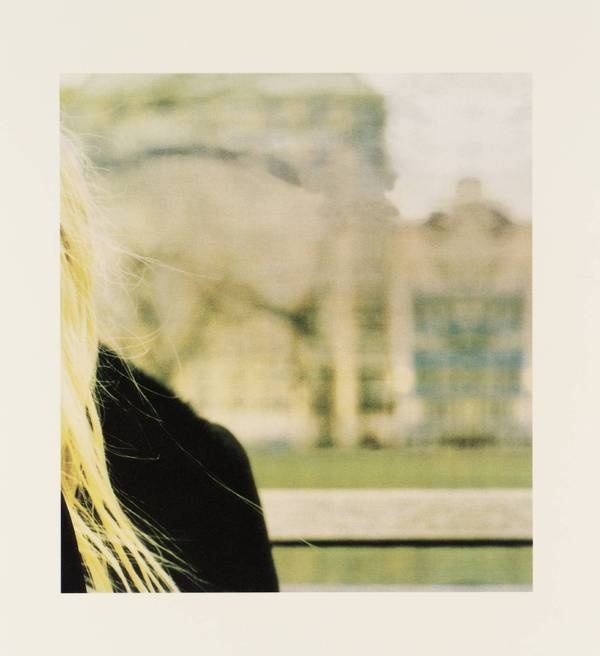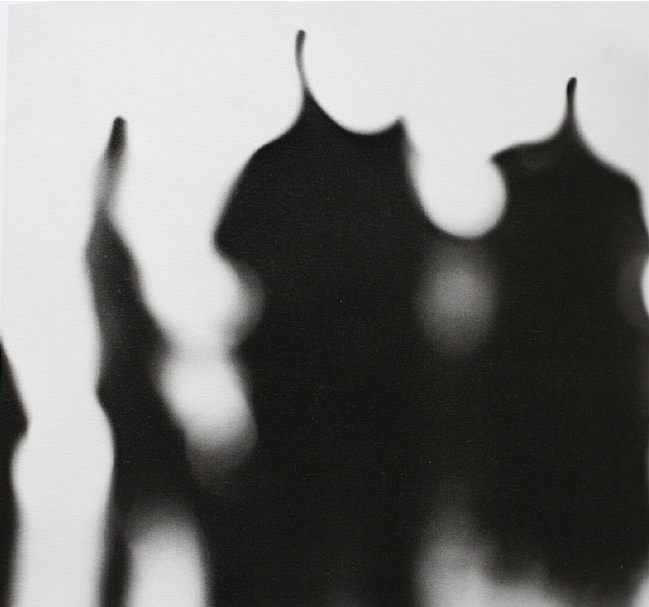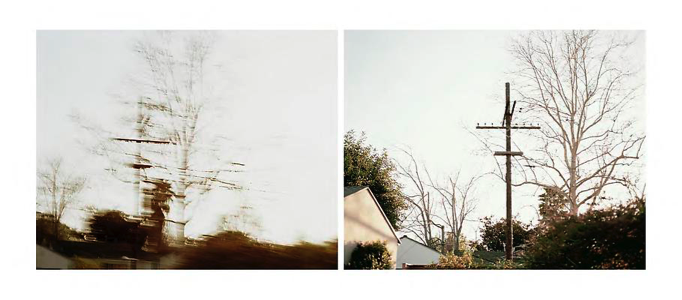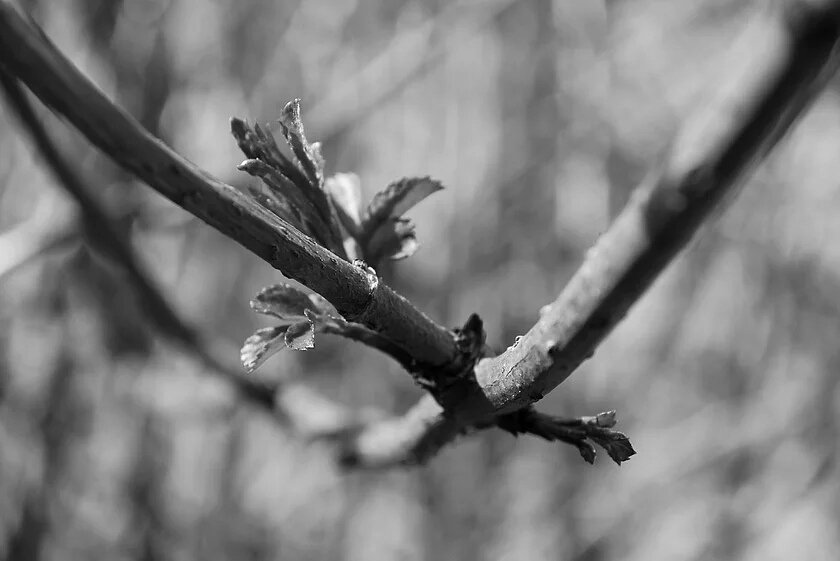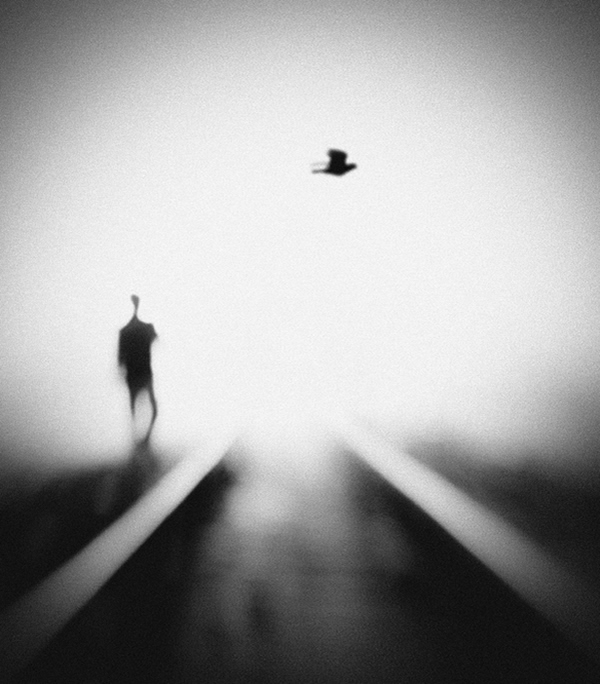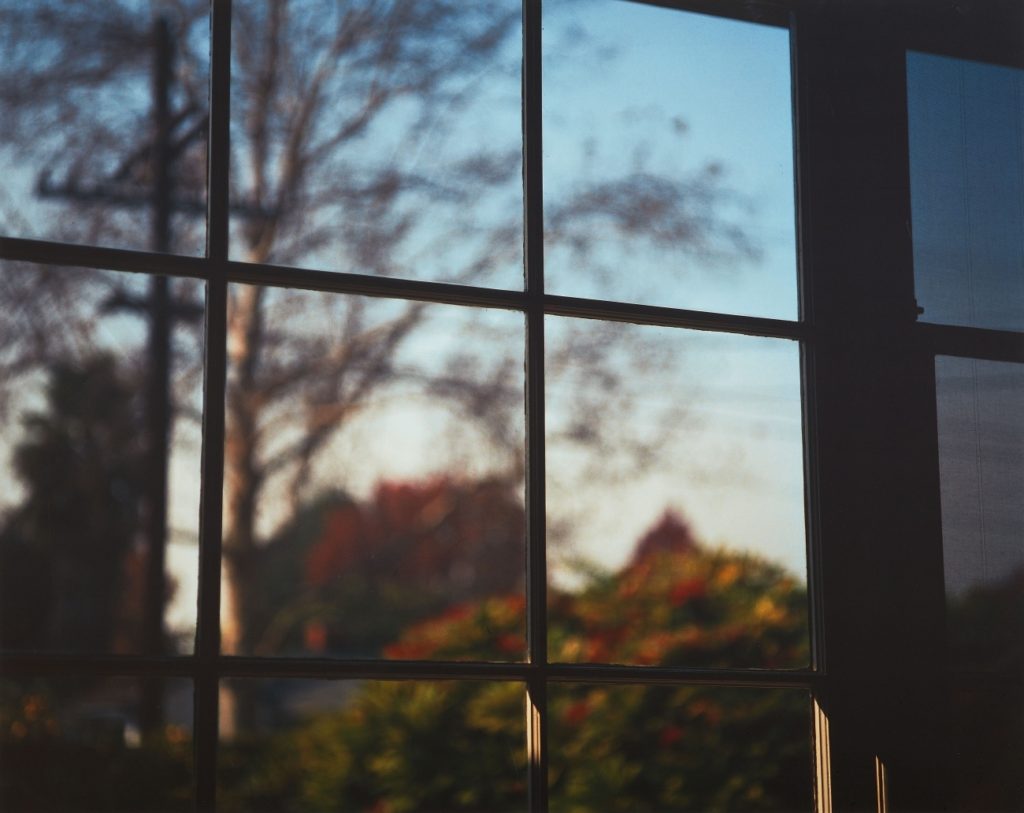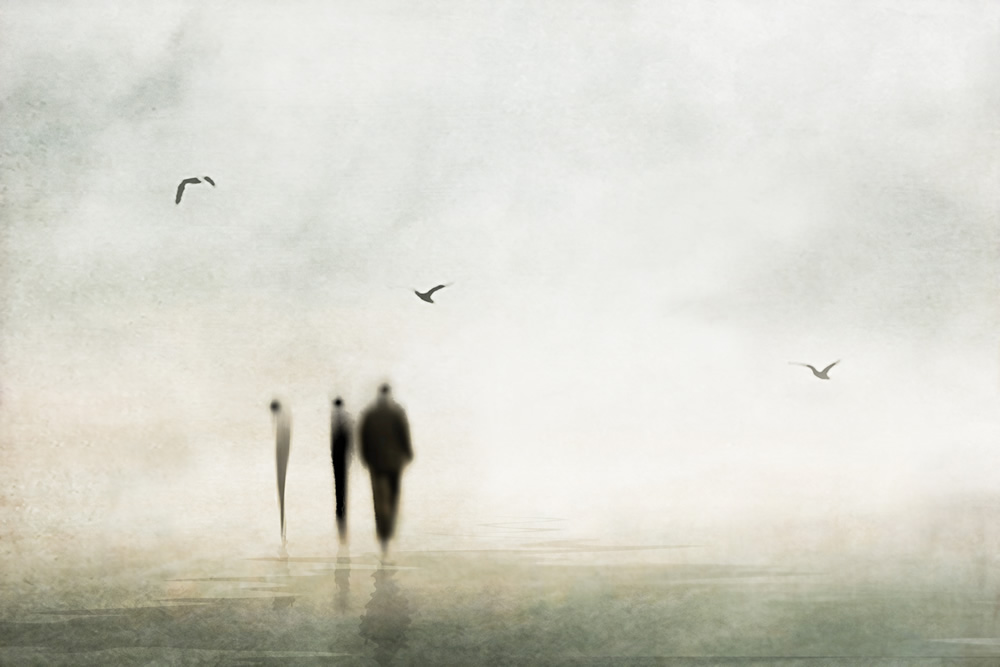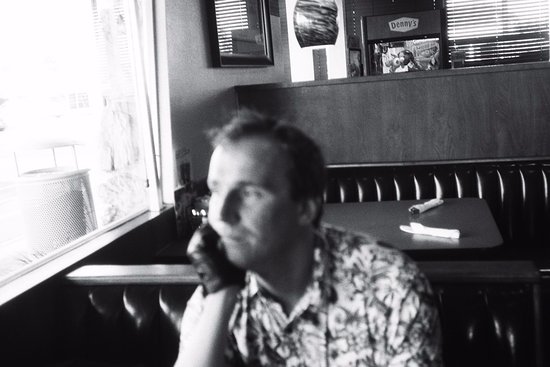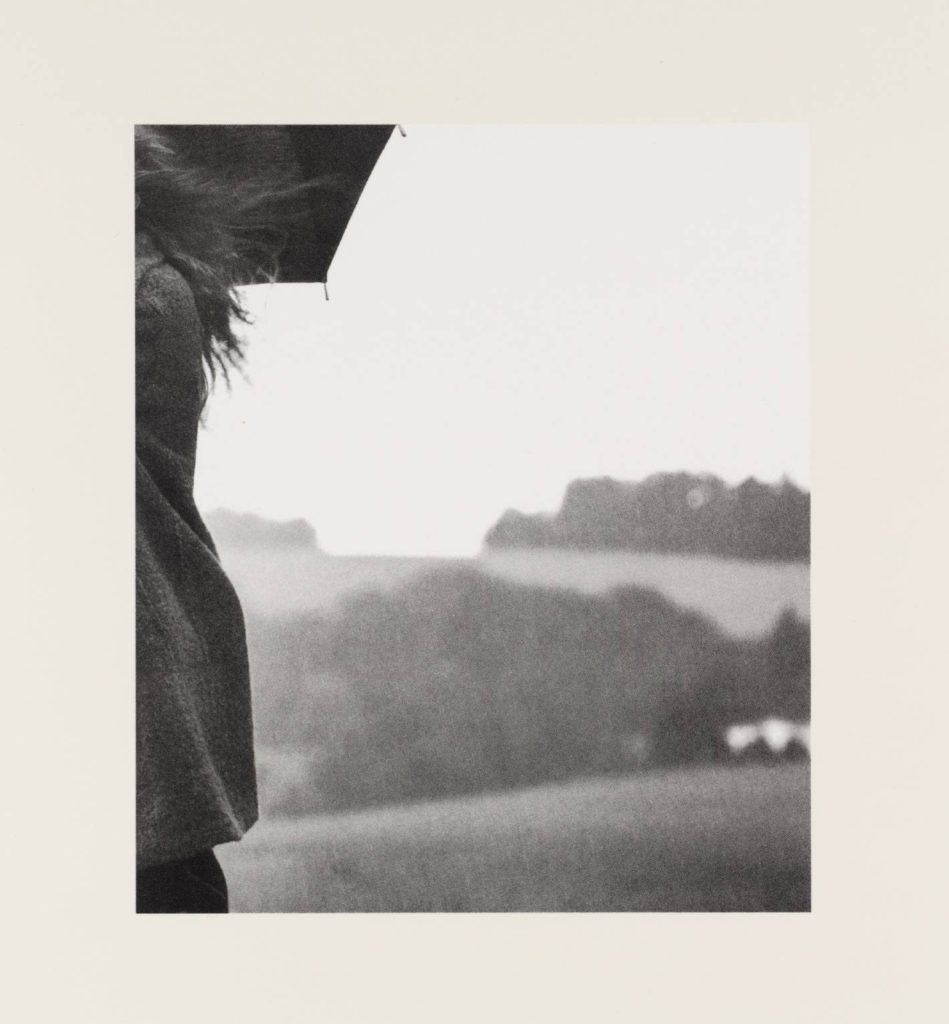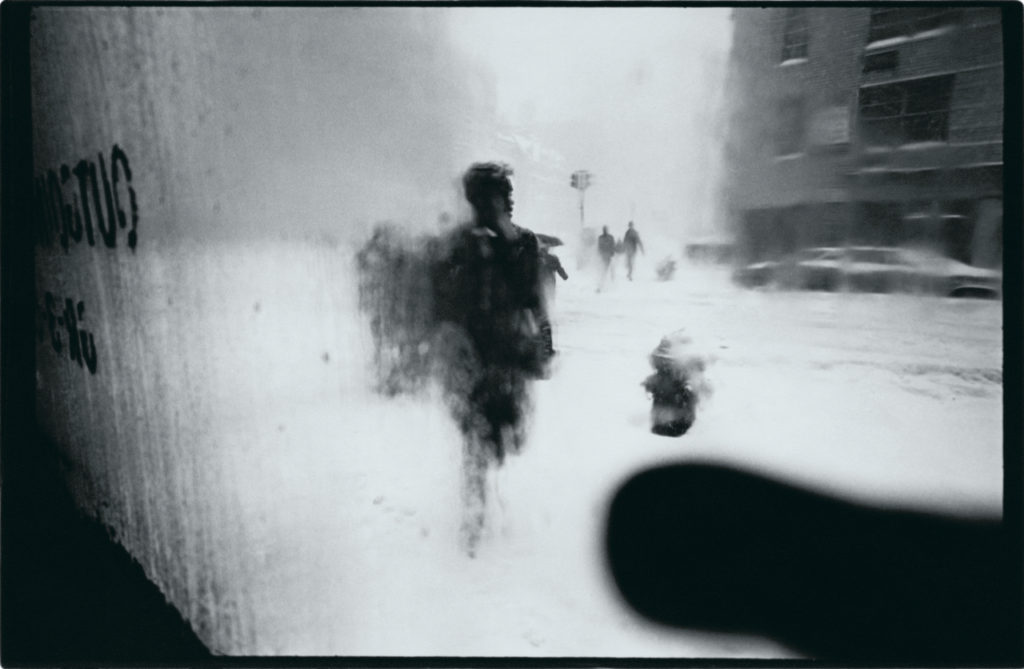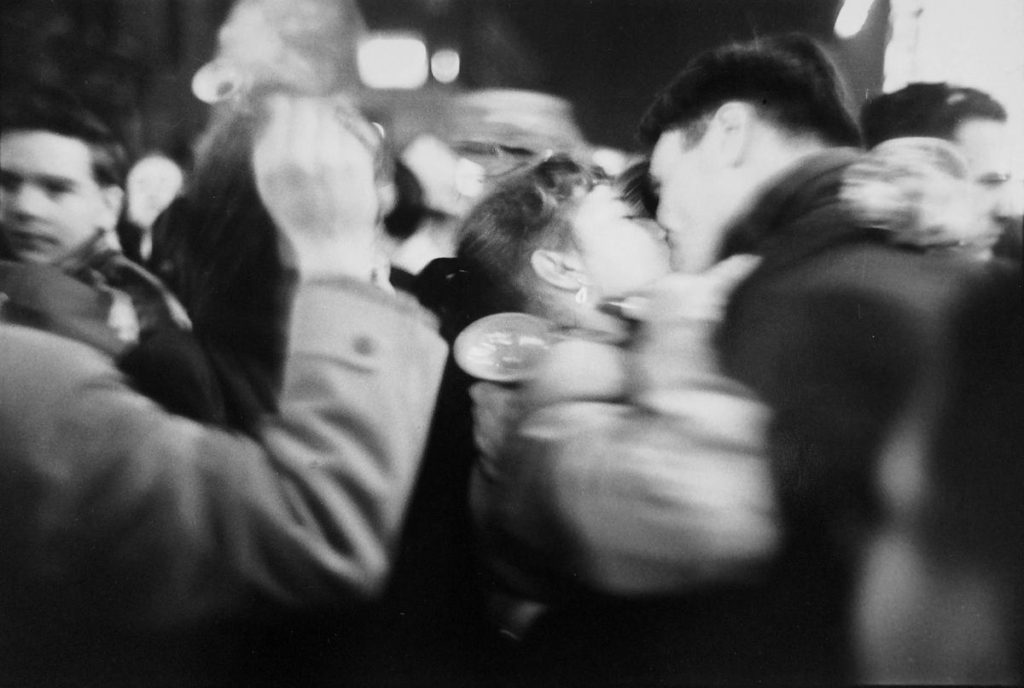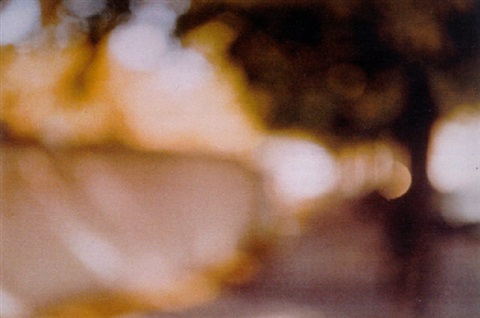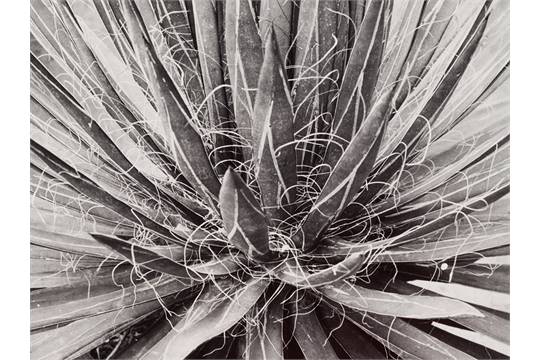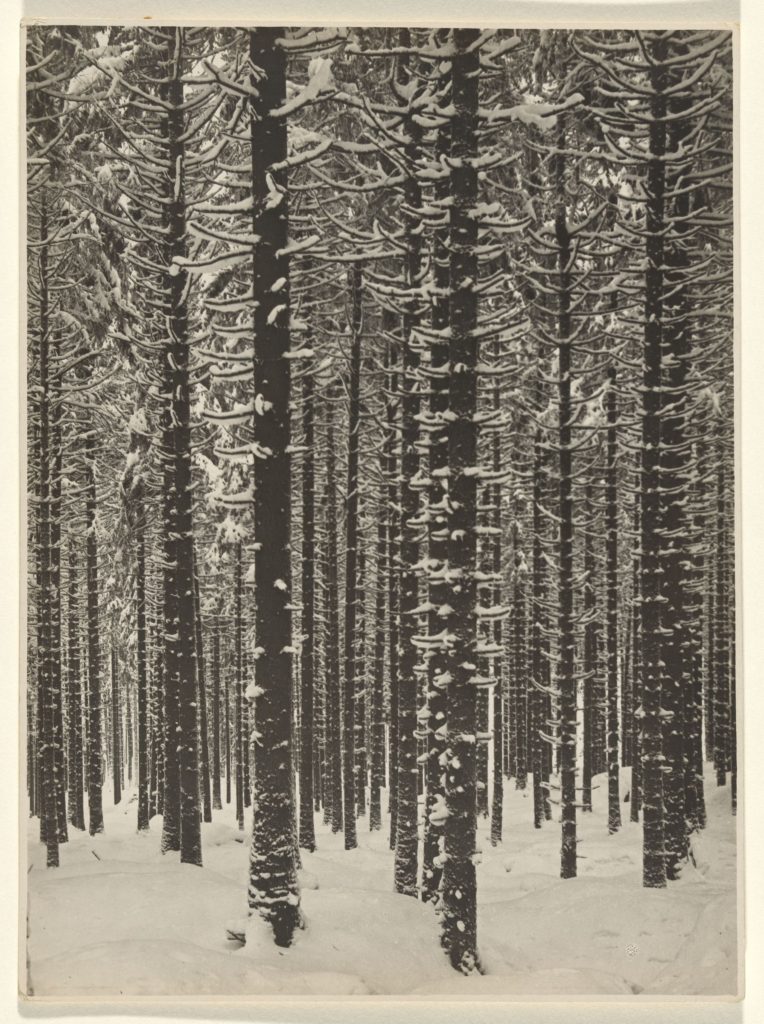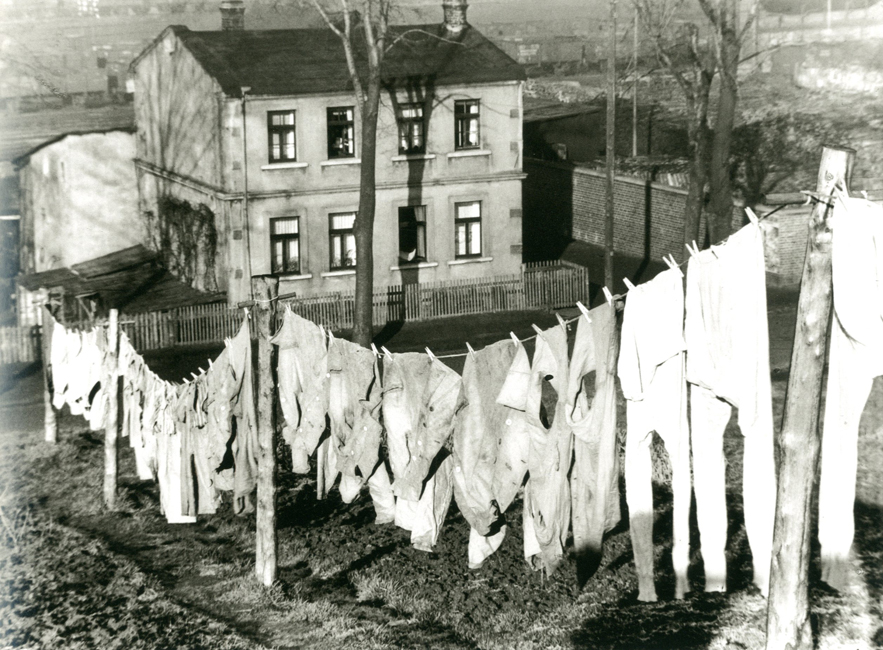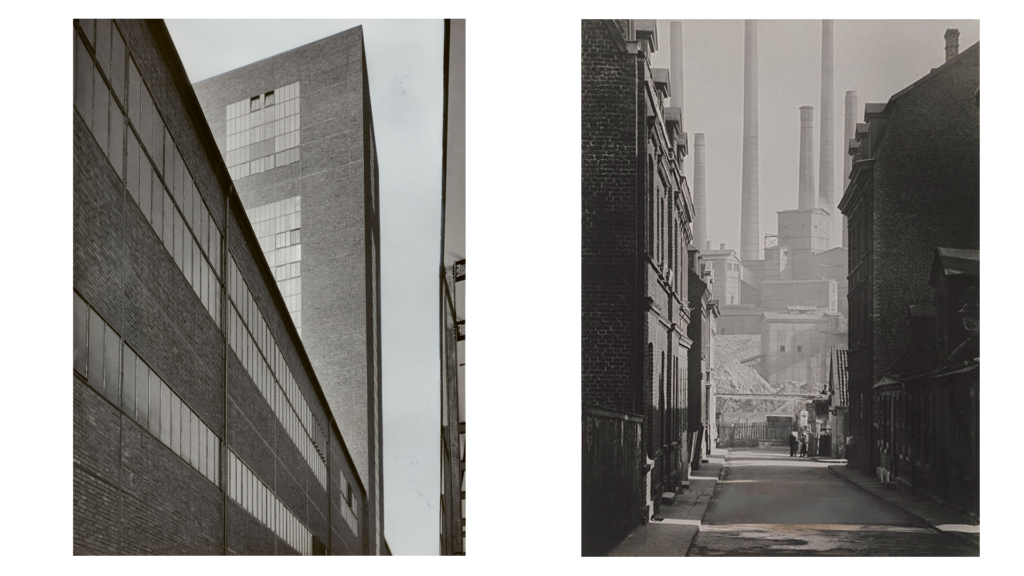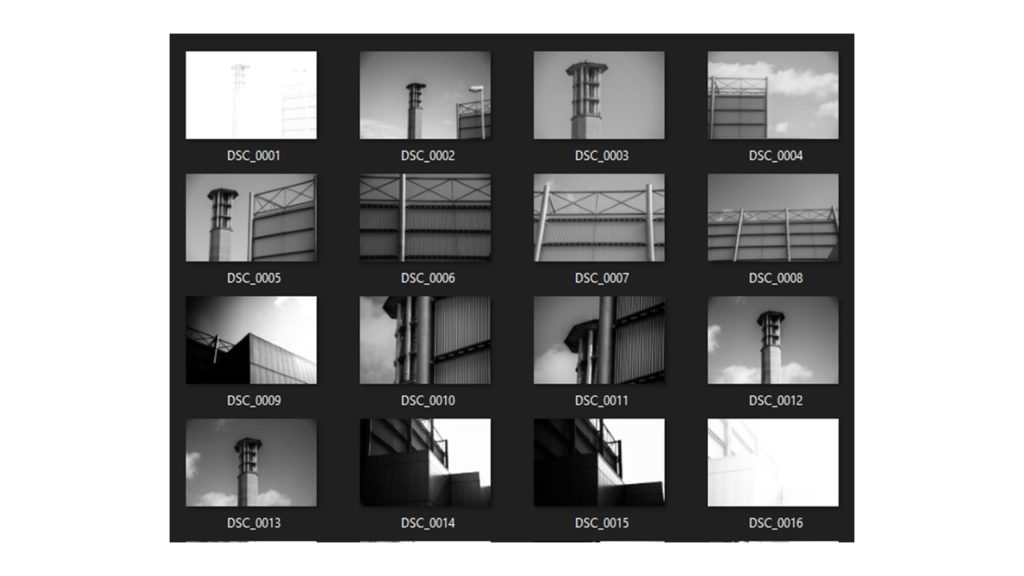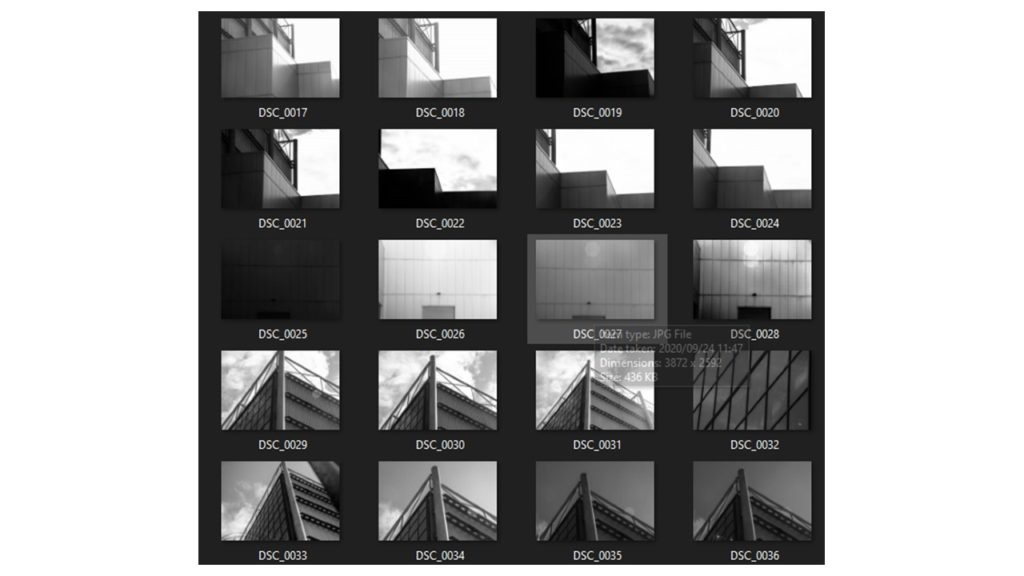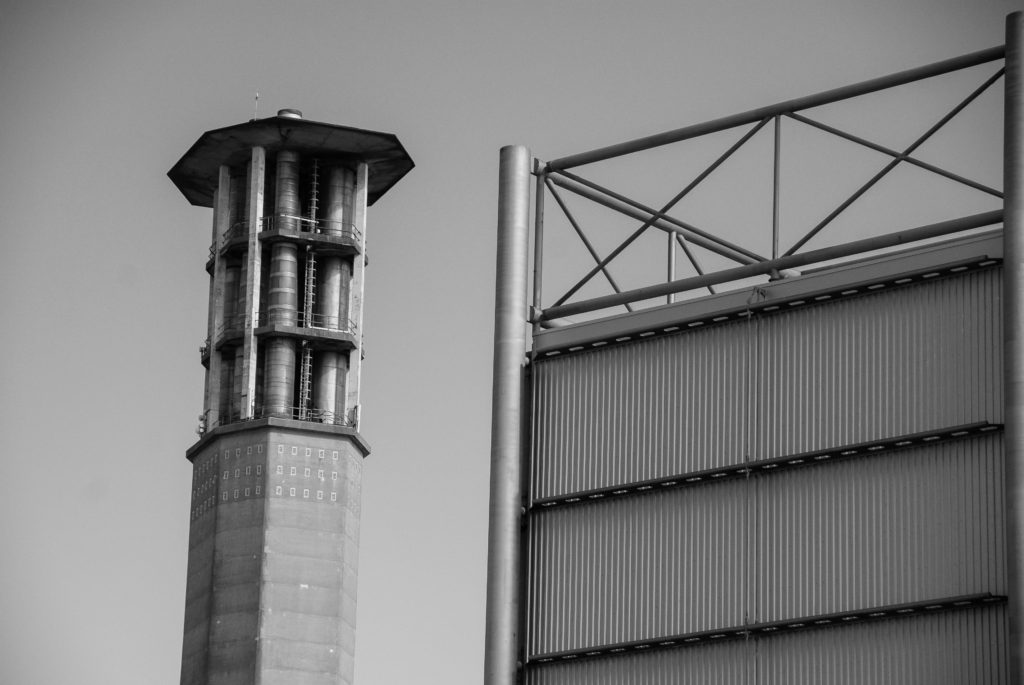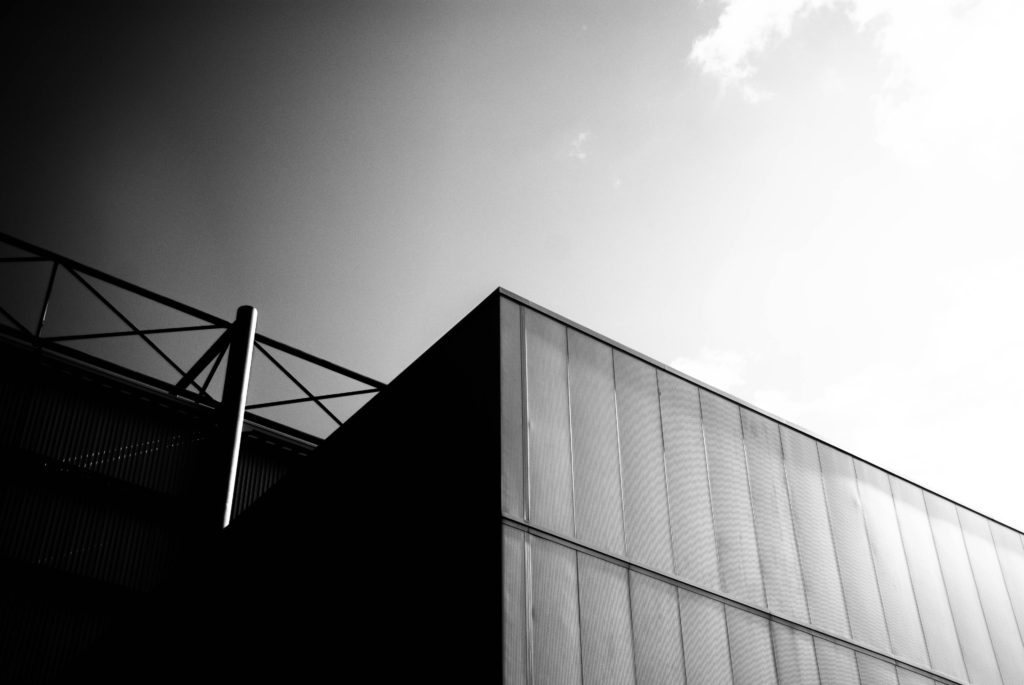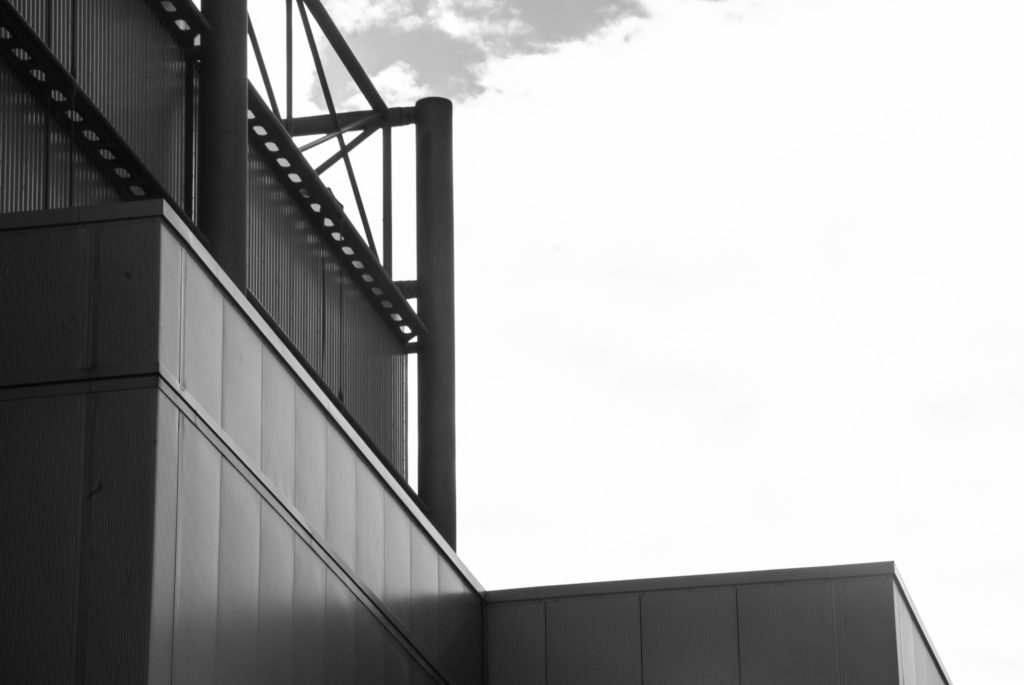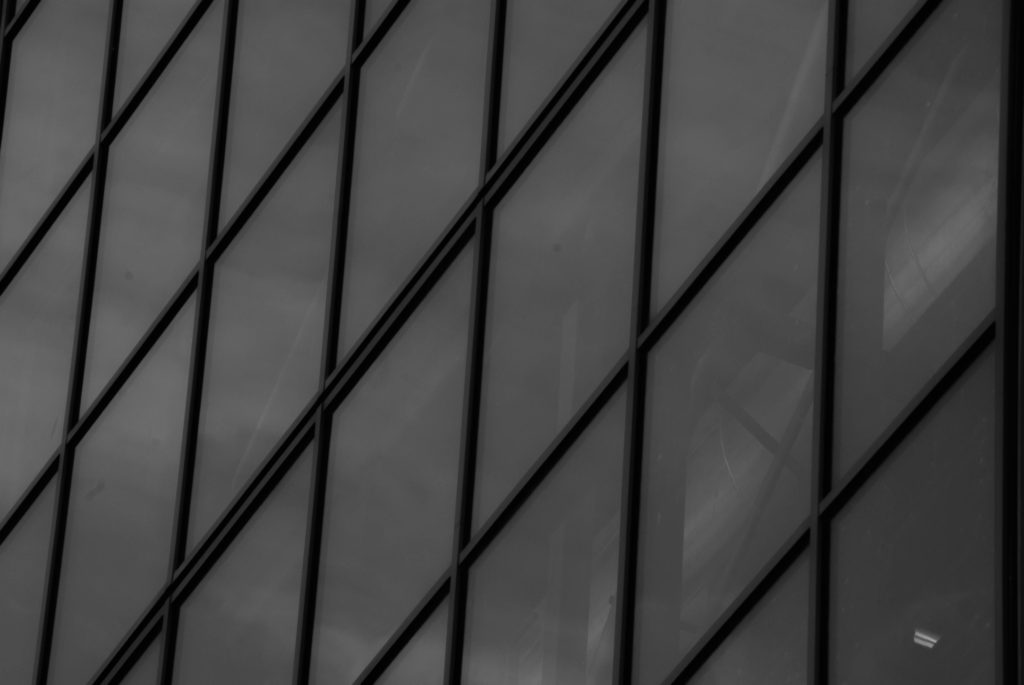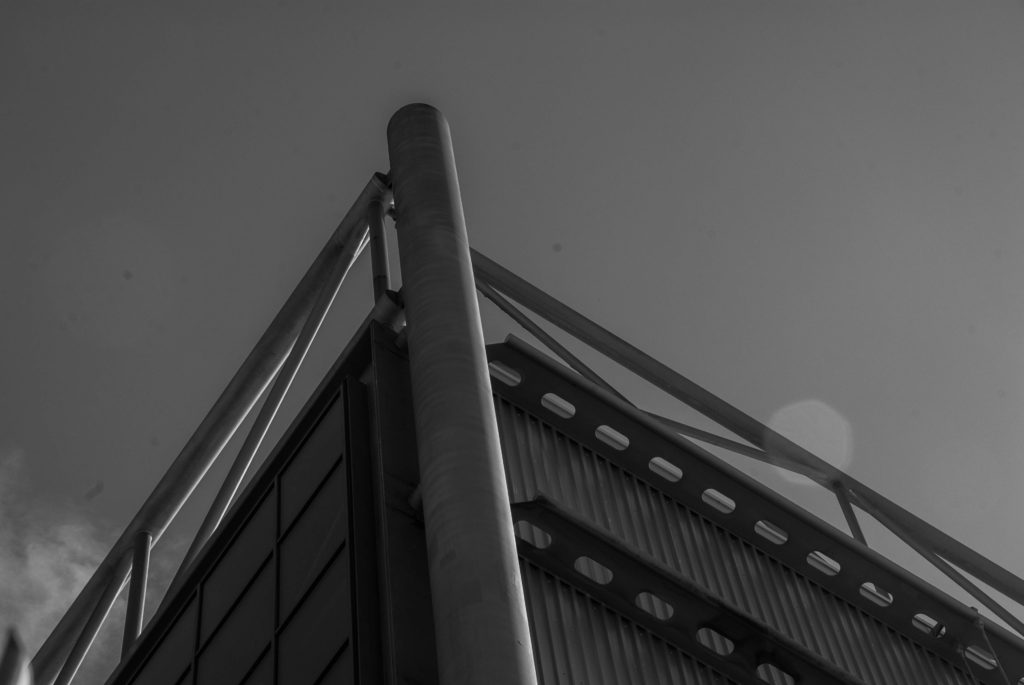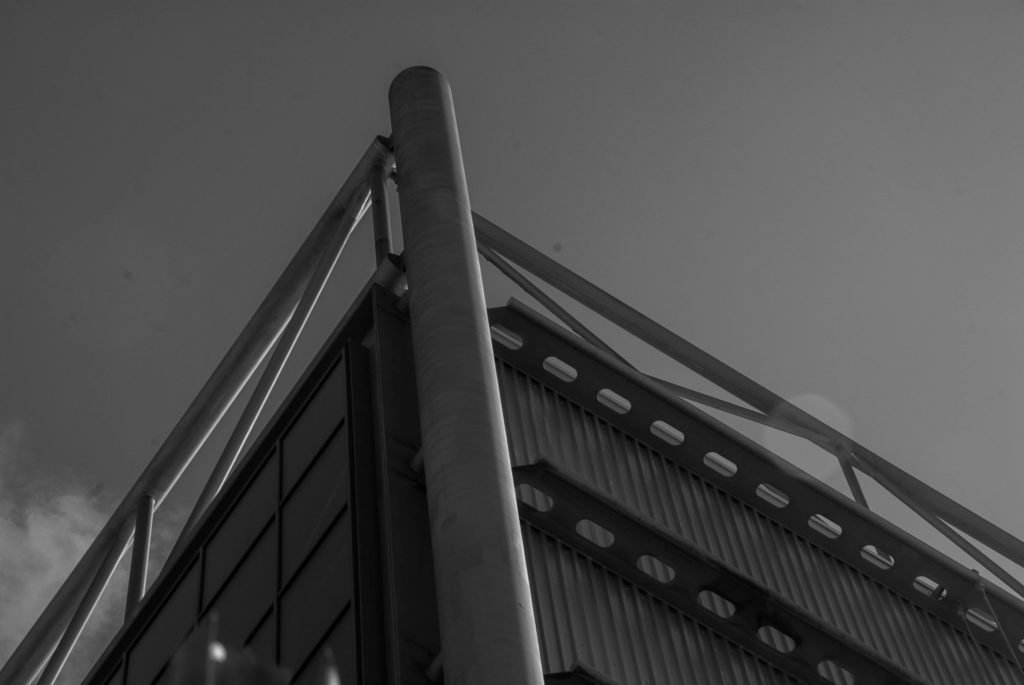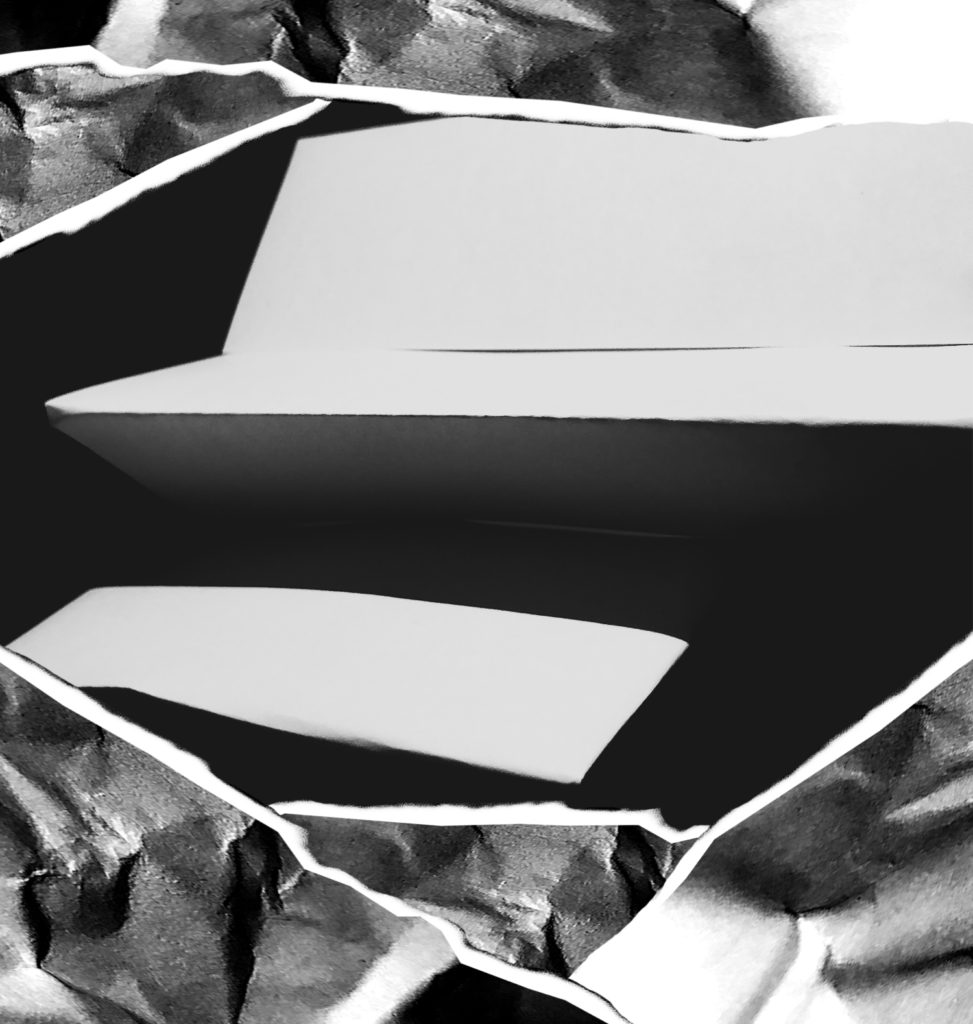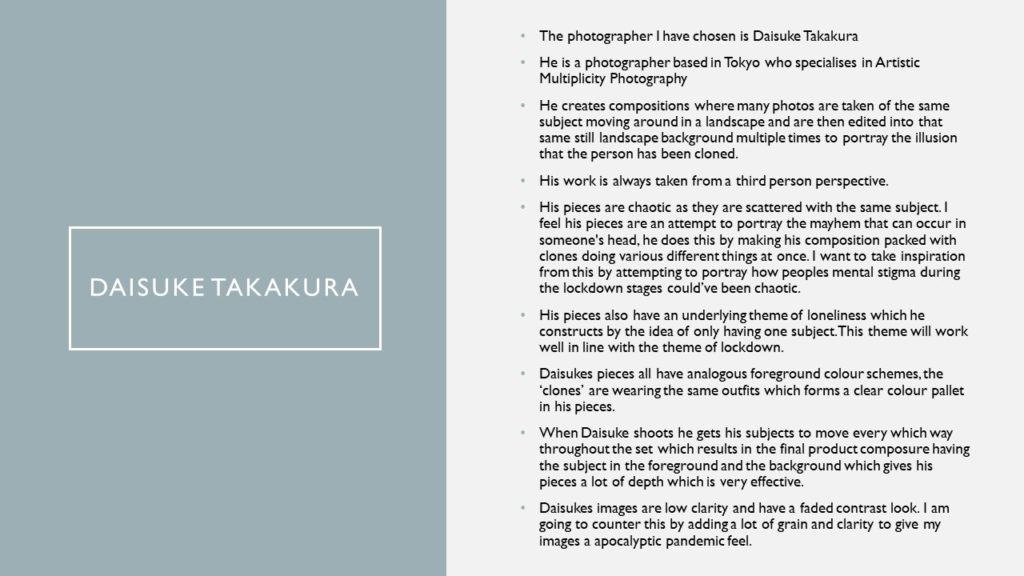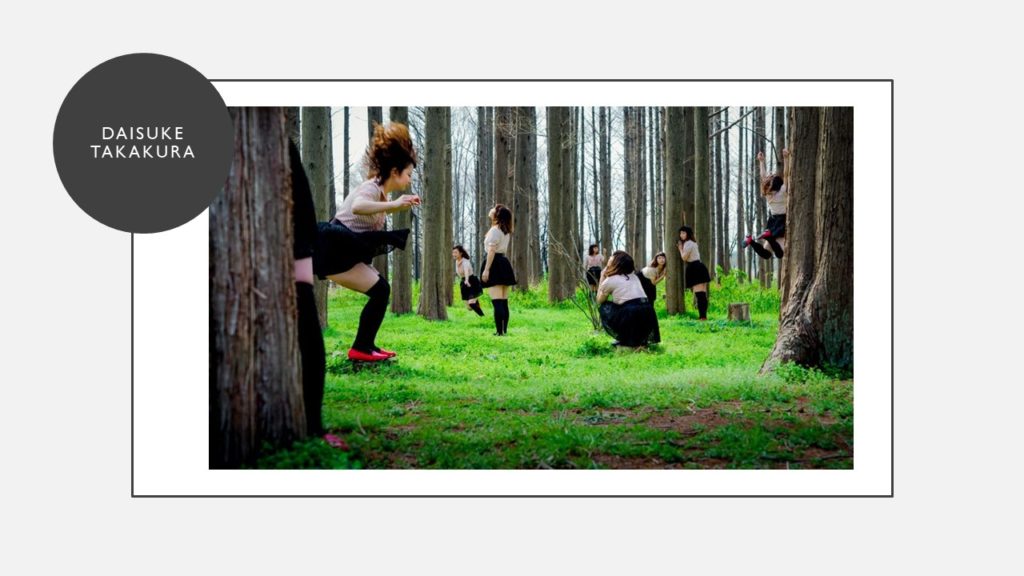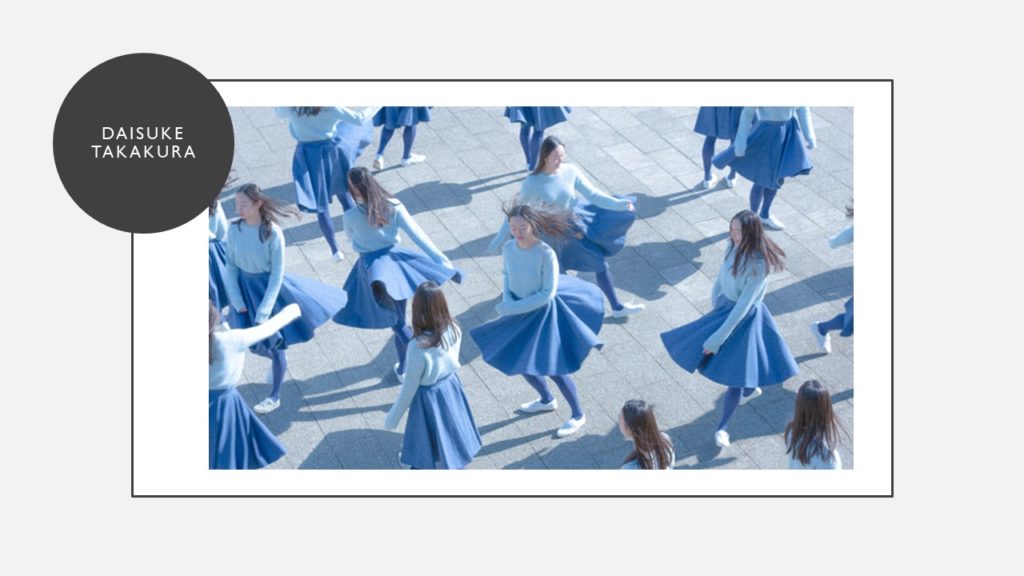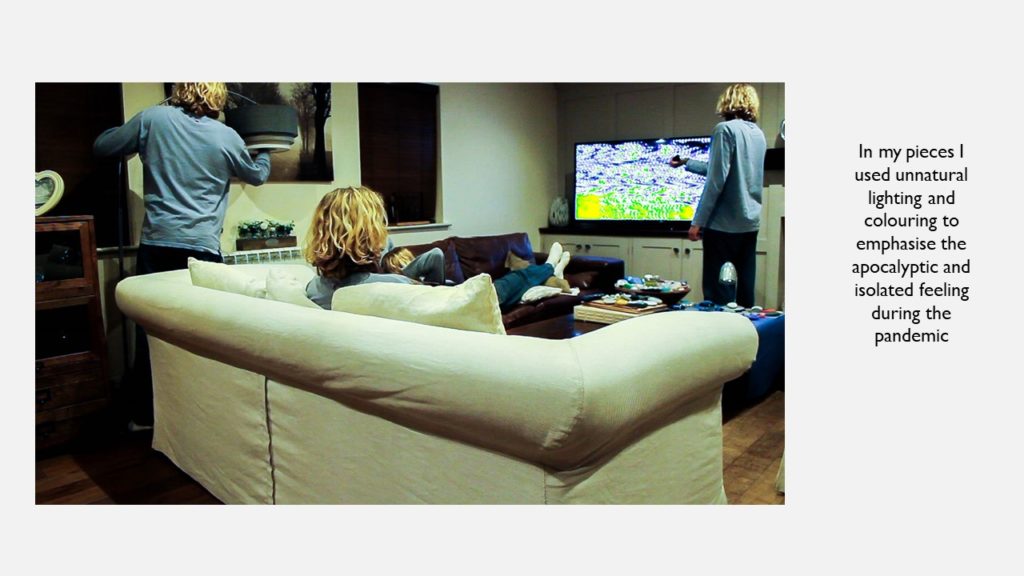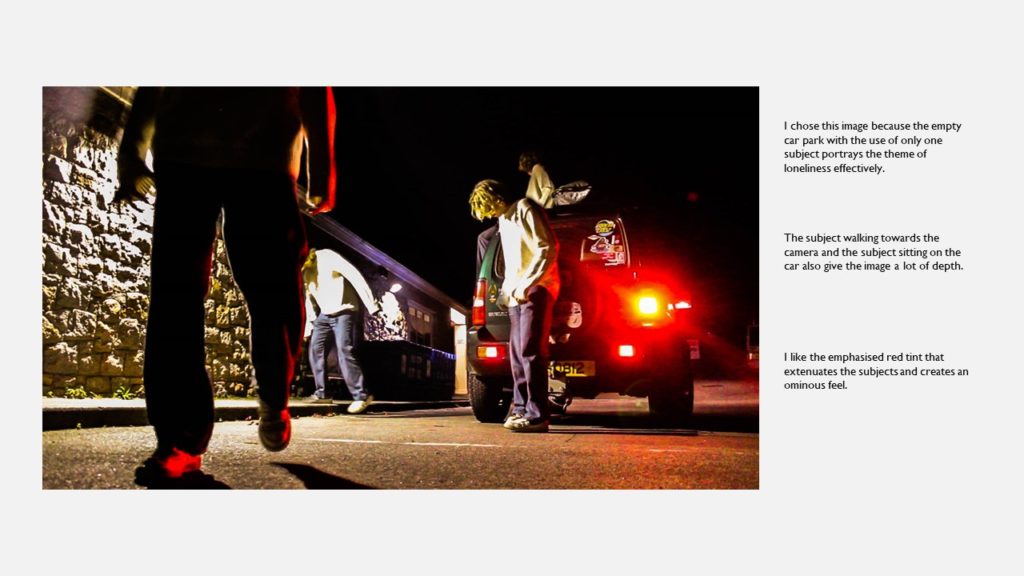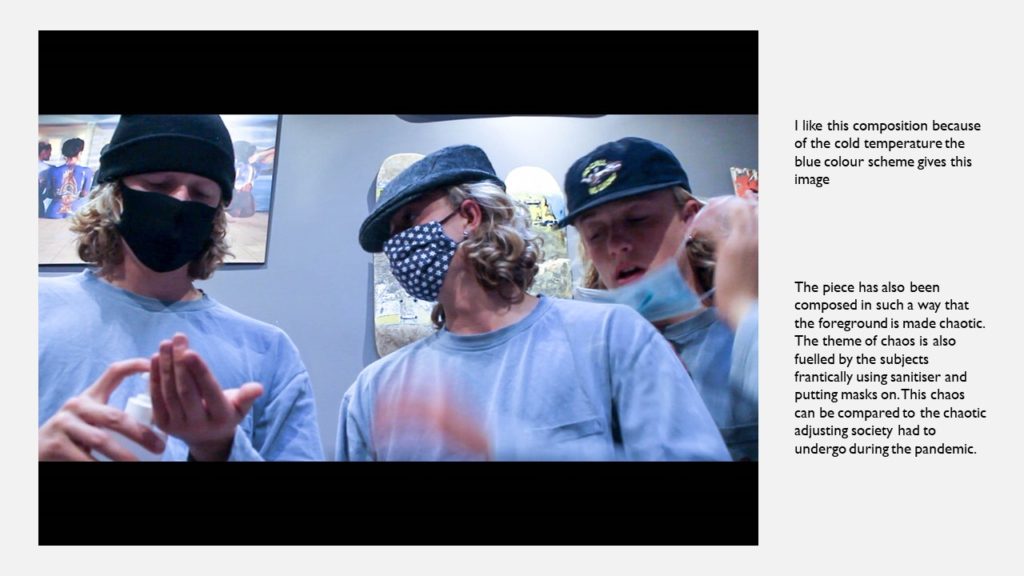
For this project I explored the different ways in which aperture and focus can be experimented to create unconventional and abstract images.
Ralph Eugene Meatyard
Ralph was an American Photographer born in 1925 whose work was focused on disassociating with mainstream photography by creating unconventional abstract images. The projects in Ralph’s portfolio I will look at are ones where he experiments with focus and depth of field in order to broaden expressionism in photography.
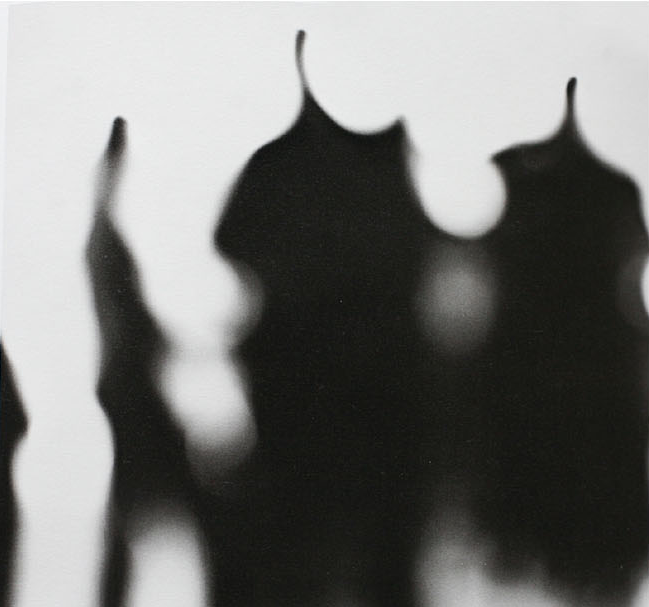
In this photograph Ralph has tampered with the focus. He has made the image out of focus to create abstract silhouettes. He has also created a large tonal range by shooting the subjects in black and white. The subjects also bulge from the negative background as the composure consists of simplistic white background with repeating simplistic positive figures in the foreground.

In this image Ralph experiments with aperture. He focuses on the centre of the twig making the immediate foreground and the background out of focus. He does this by using a wide aperture. The angle at which he has framed the twig has created the out of focus foreground to lead the eye down the twig into the point that is in focus which gives the image a lot of depth and creates a satisfying abstract composition.
Saul Leiter
An American pioneer in photography in the early 50s. He specialised in experimenting with compositions to do with street photography. I will look at his work where he explores focus and depth of field
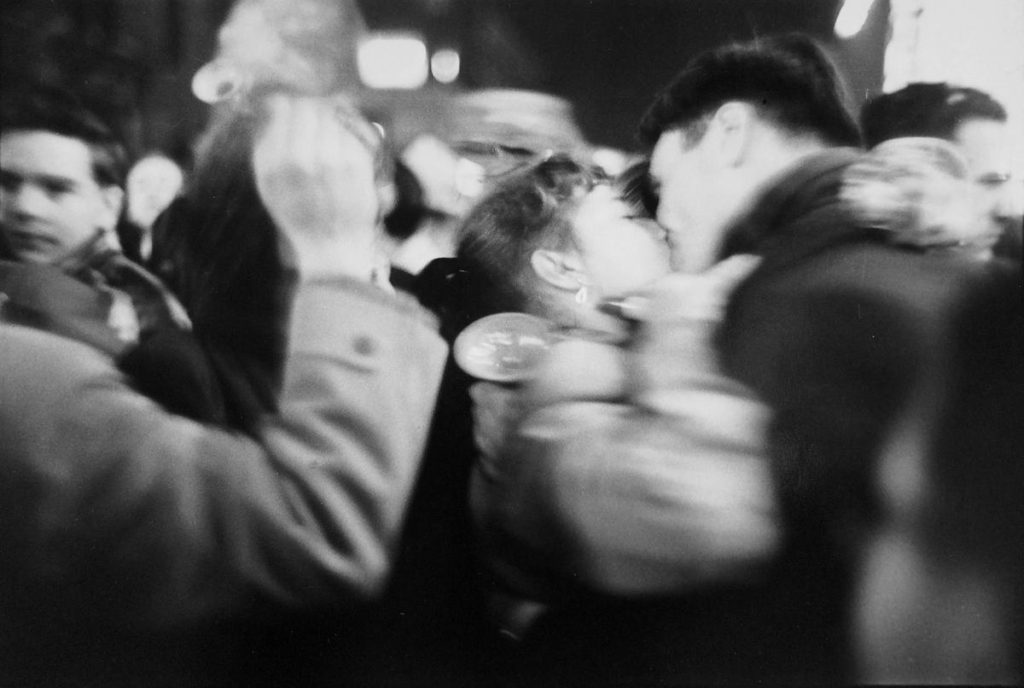
In this image Saul dabbles with both the focus and the aperture in this image. The out of focus exposure gives this image an energy and insinuates movement in the composition. The Large aperture has placed focus on the centre subject of what saul was trying the capture and leads the eye straight to it. This also makes the subjects look as if they are frozen in time as everyone around them is in chaotic movement.
Ossi Saarinen
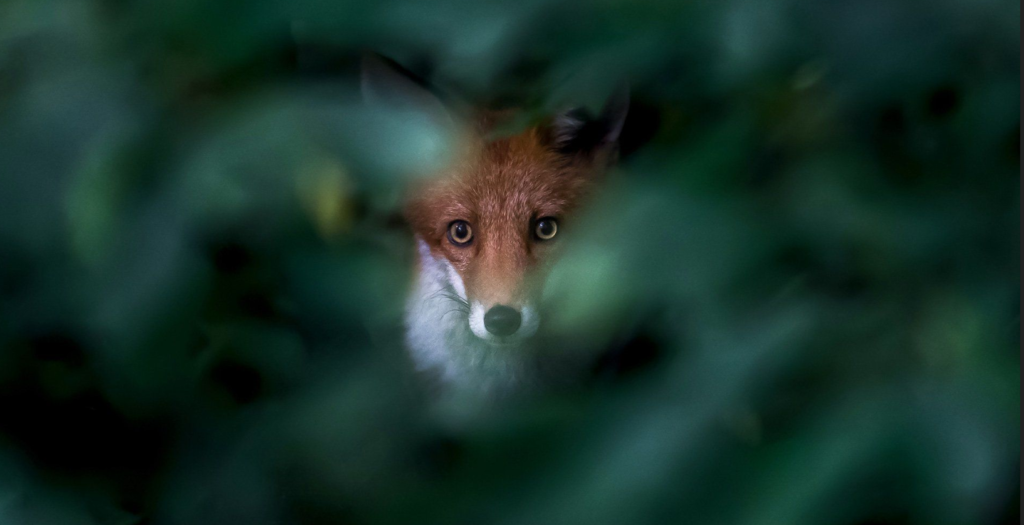
Another Photographer that has experimented with depth of Field is Ossi Saarinen. In this composition he frames the fox by using a large aperture and focusing on the fox in the background and using the leaves in the foreground as a kind of vignetting. This gives the image a great depth of field and accentuates the subject.
Contact Sheets
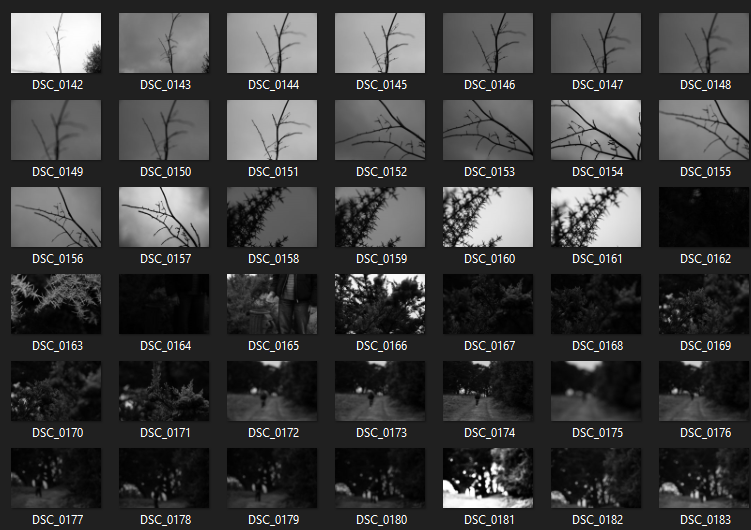
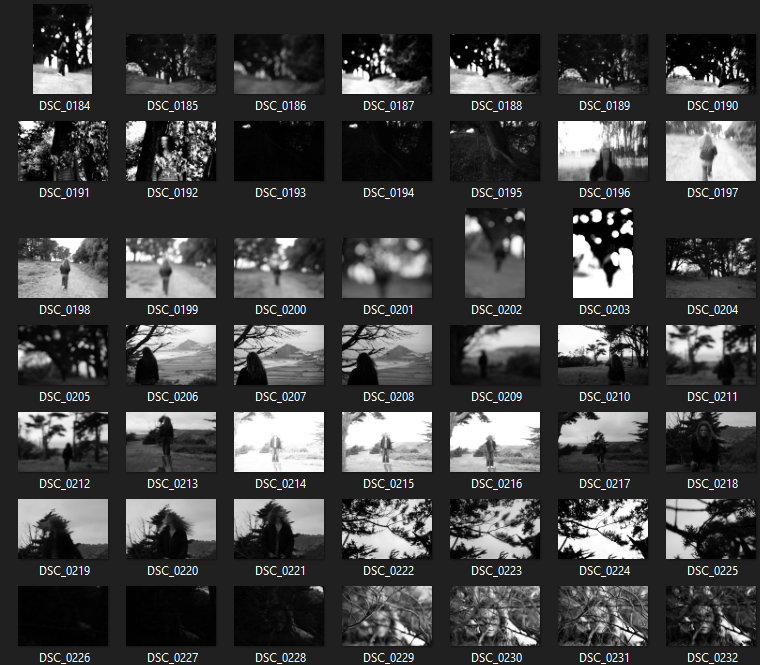
Experimental Aperture Compositions
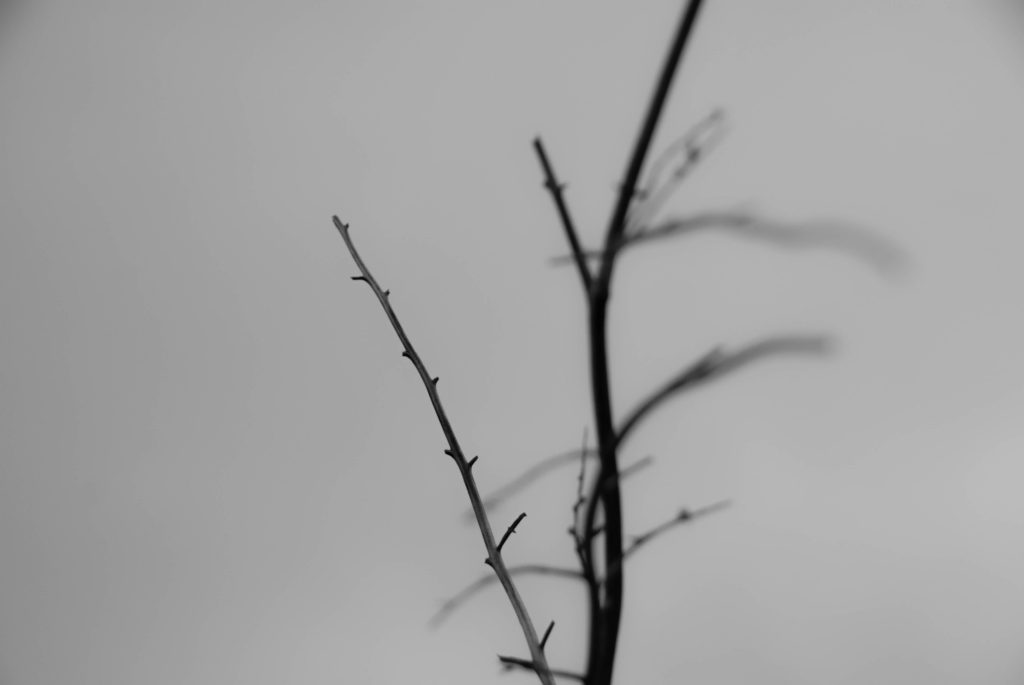




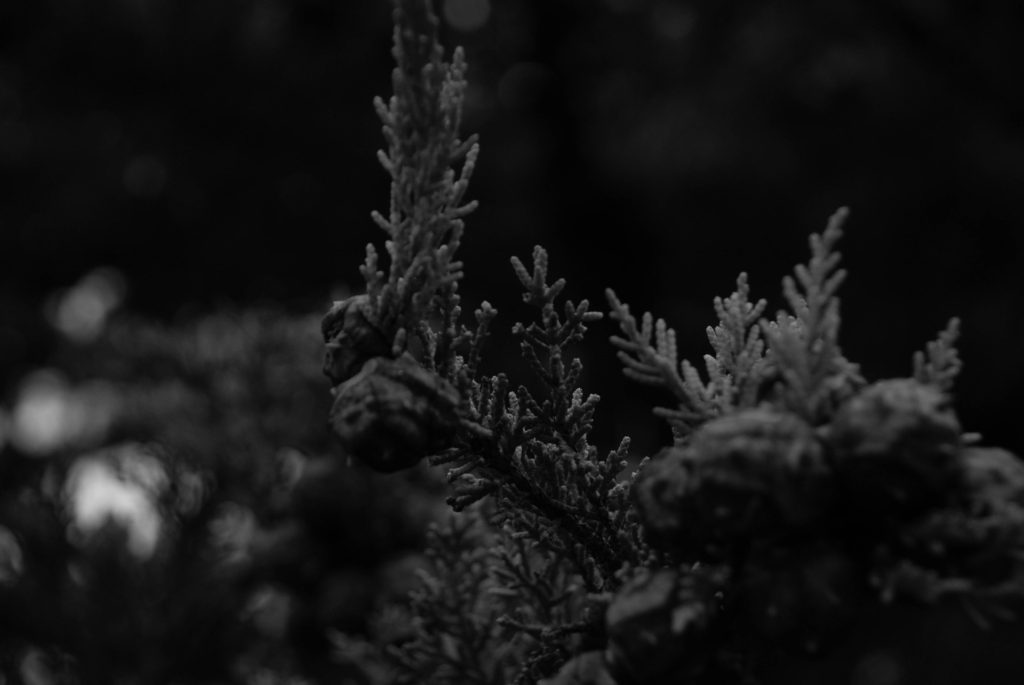
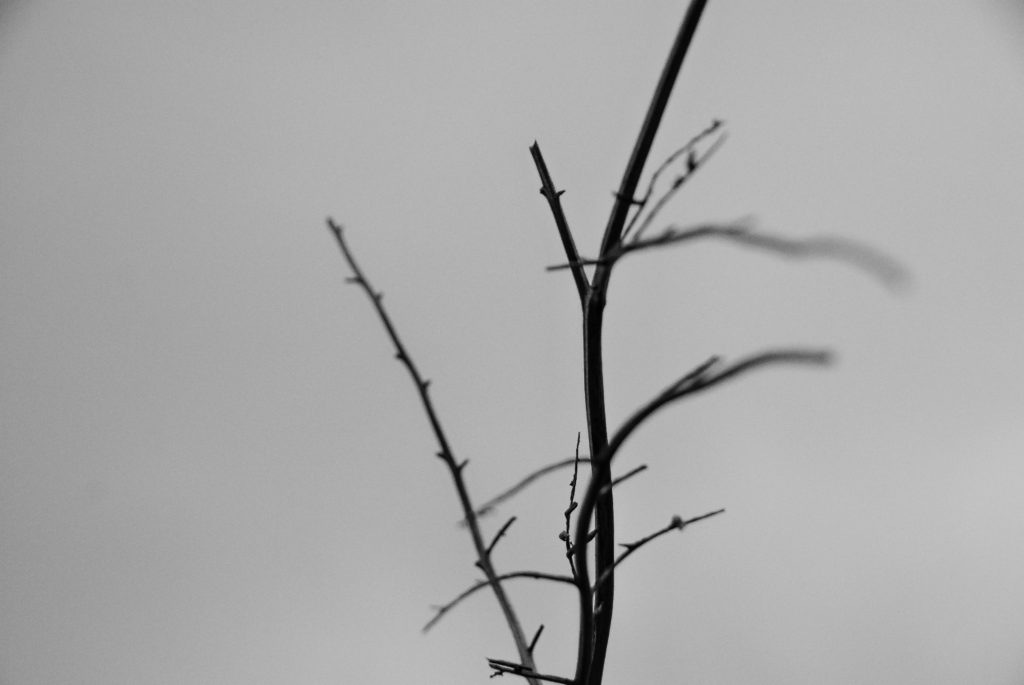



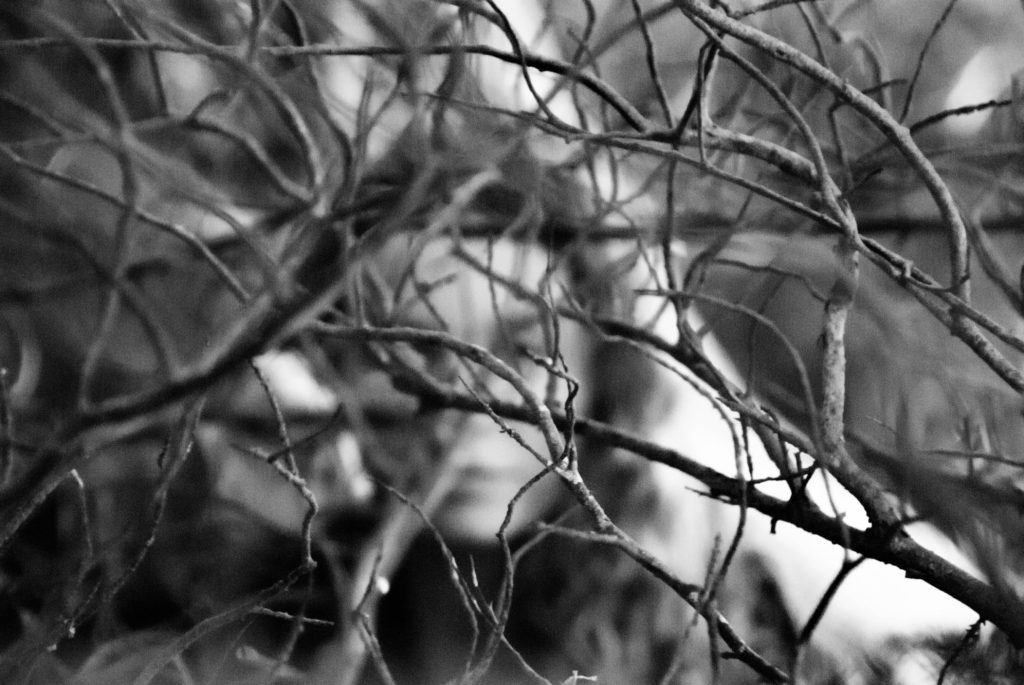
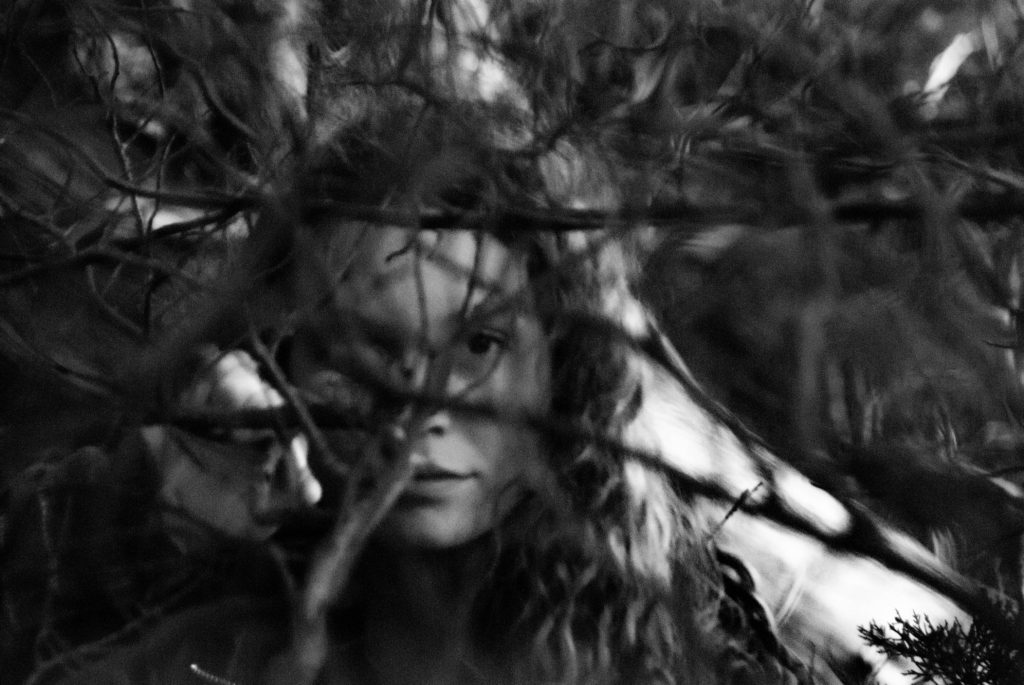
When composing these images I used a large aperture of f/1.4. I took inspiration from Meatyard and shot up close to some twigs and adjusted focus to accentuate different parts of the twig. I shot at an angle that would create a simplistic negative white background to contrast the twigs in the foreground. I also shot these images with a low ISO to create a gloomy feel. I then experimented with having my subject stand in various positions so I could create a great depth of field by using a large aperture.
Experimental Focus Compositions
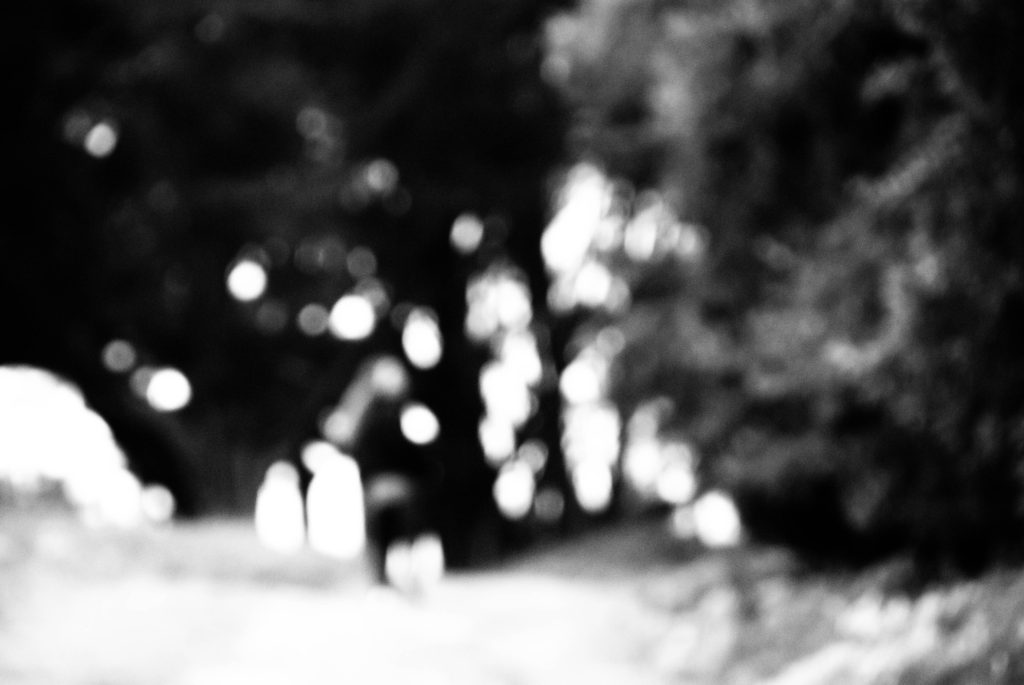

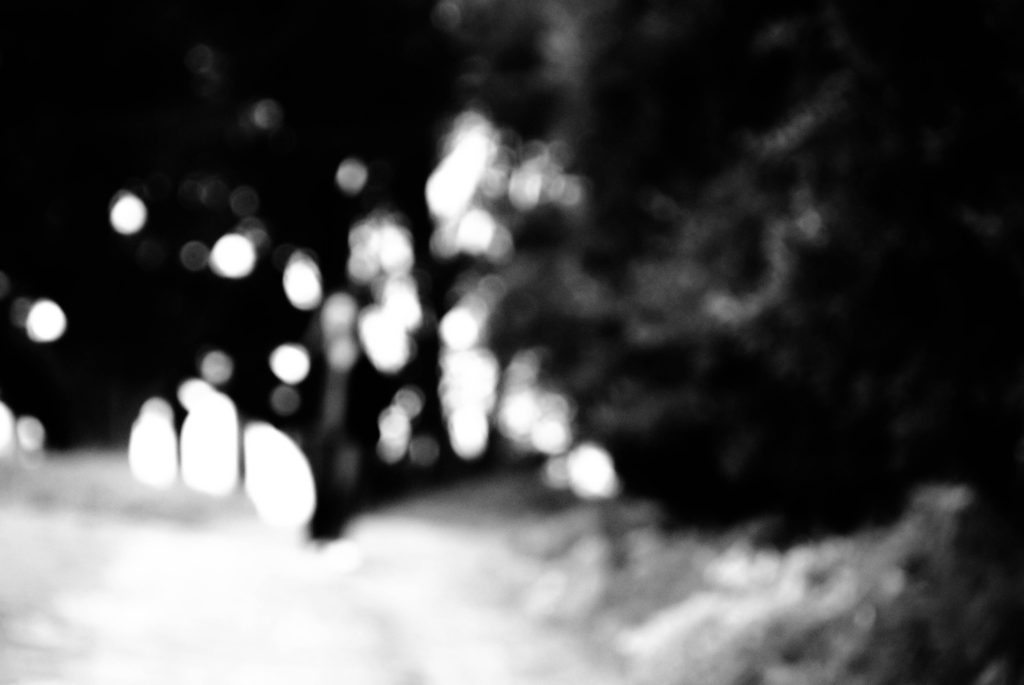
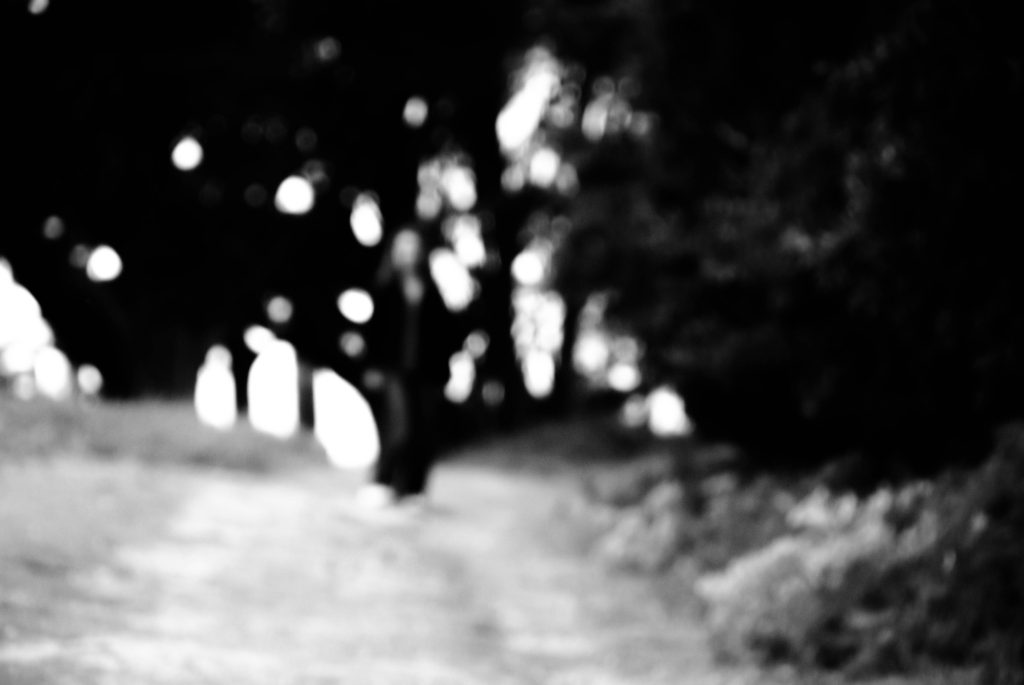
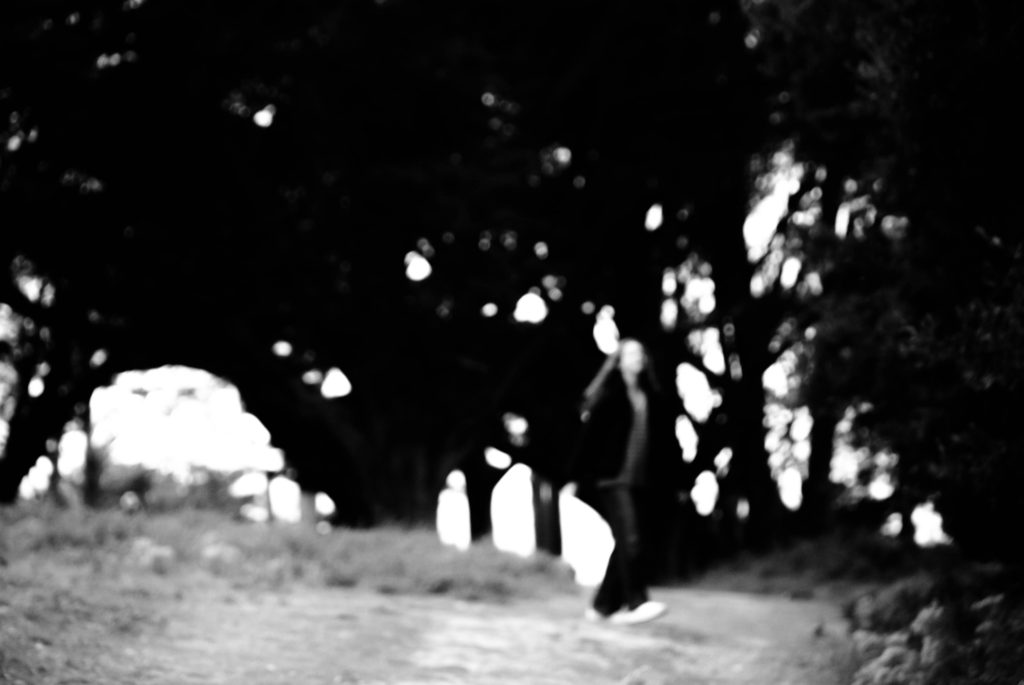
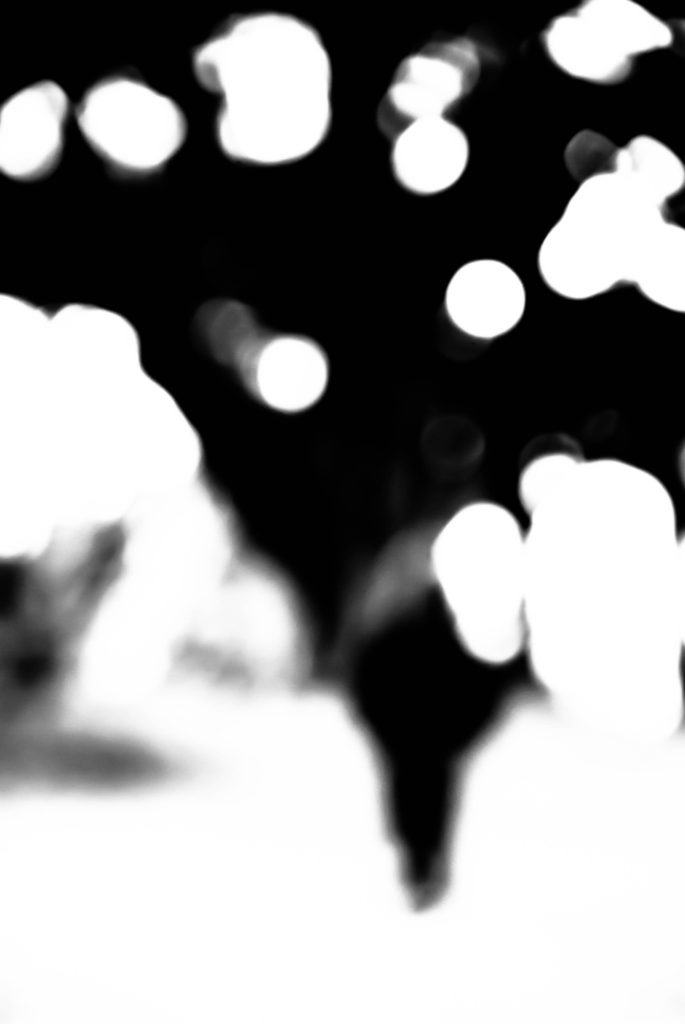
When composing these images I took inspiration from Meatyard by intentionally shooting my images out of focus. This creates a promiscuous abstract feel. I edited the photos with a lot of contrast to help distinguish the blurry silhouettes from the background. In some of the images my intention was to make the subject somewhat noticeable however, in others I was aiming for an extremely abstruse composition where the subject is barely recognizable.


